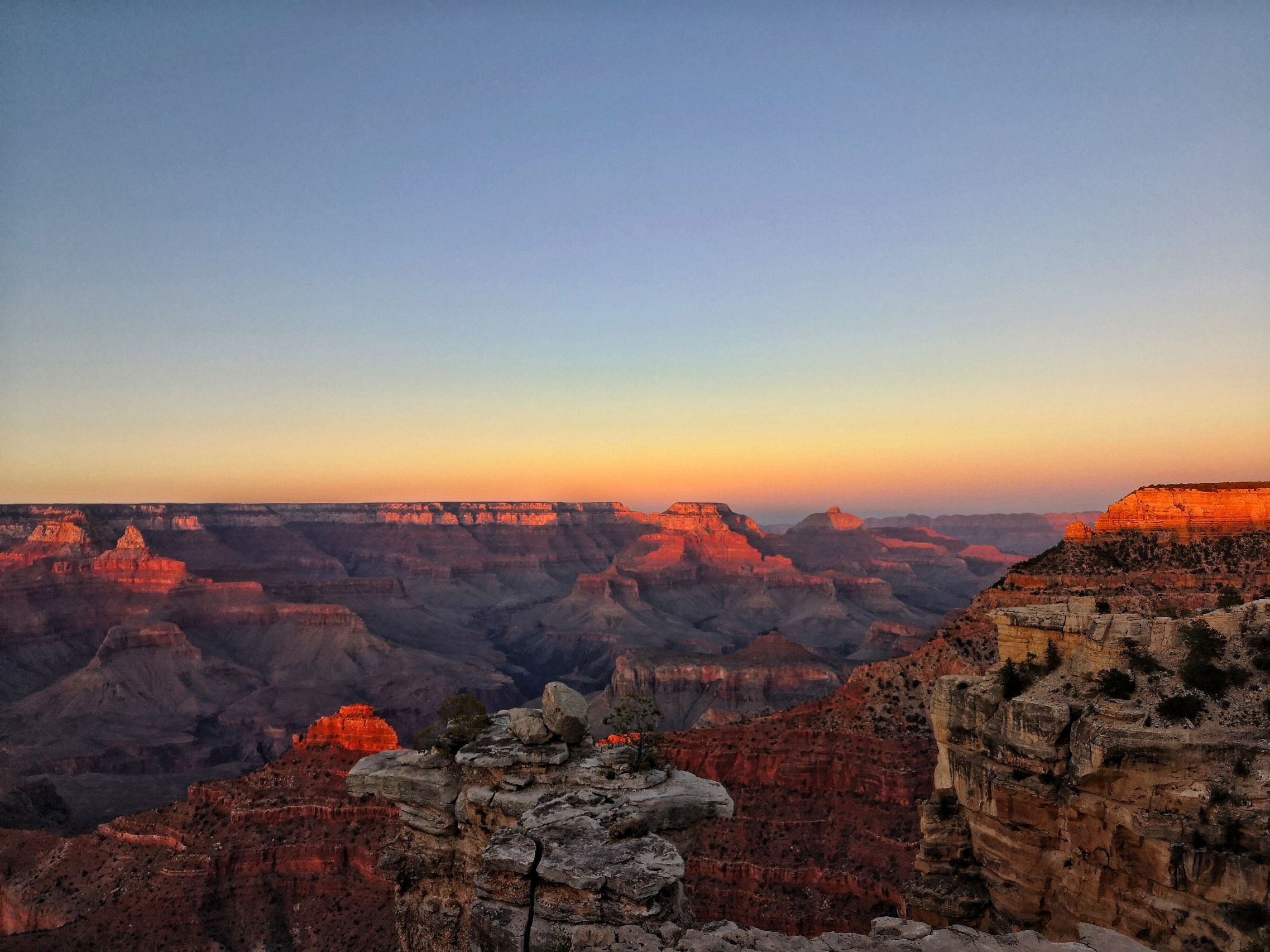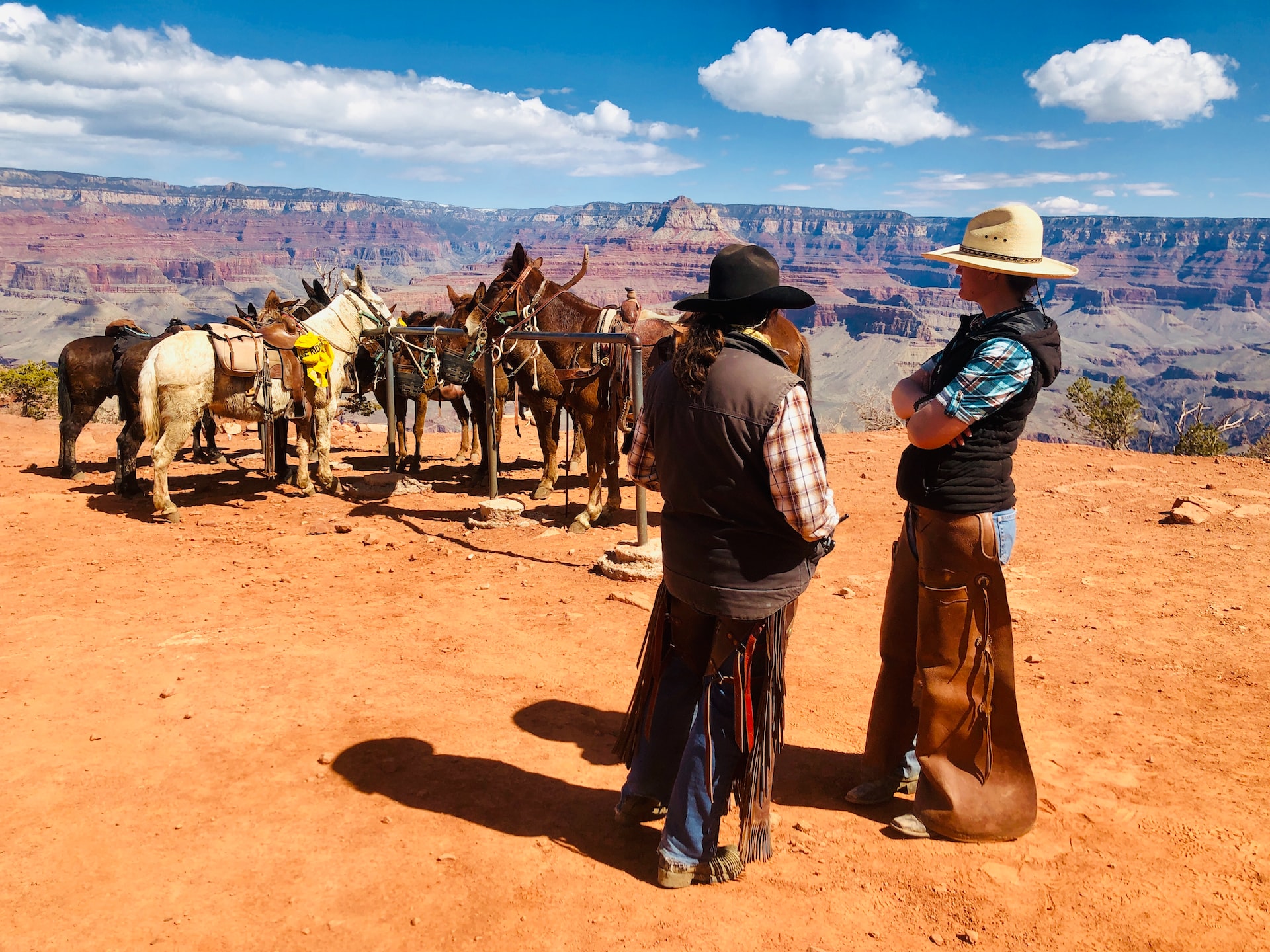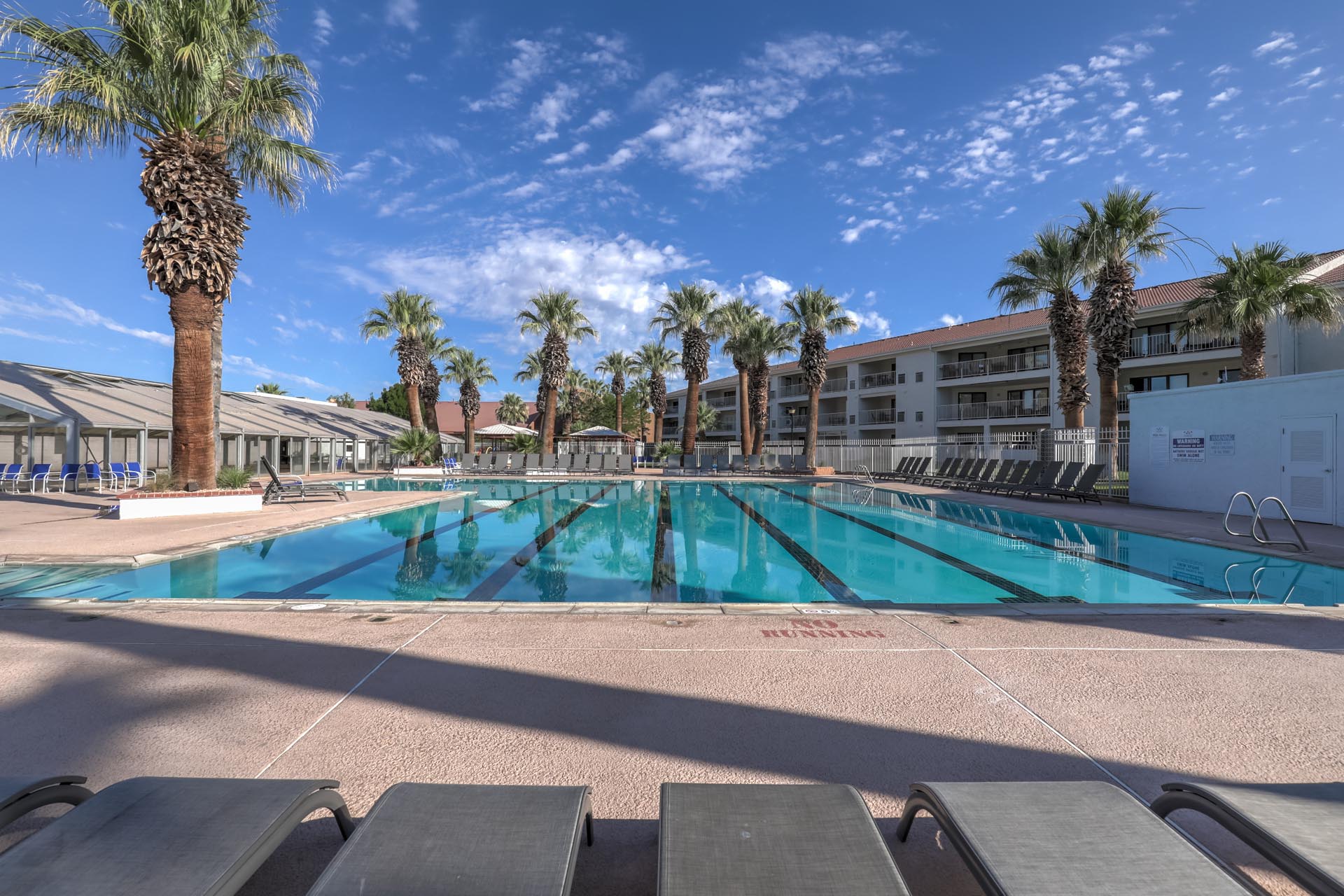In 1917, the U.S. Senate declared the Grand Canyon the 17th National Park in the United States. In 1927, the Kaibab forest land and the North Rim were added to the boundaries of the park. The National Park grew again in 1975 with the addition of Marble Canyon and Kaibab National Forest. This brought the park to more than 1,218,000 acres and represents the largest Ponderosa Pine Forest in the U.S. Today the park is recognized as one of the seven natural wonders of the world. Grand Canyon was carved by the Colorado River and is over 275 river miles in length. The view from the north rim of the Grand Canyon is considered to be the most spectacular and this entrance to the Park is open from mid-May to mid-October each year.
Grand Canyon is a geologic marvel. The Colorado River has exposed layers of sediment that date back through eons of time. There are many hiking trails, backcountry trails and observation points on North Rim of the Grand Canyon. Visitors can plan a river trip (varying lengths from a few hours or many days) on the Colorado River or schedule a flight over this natural wonder in an airplane or helicopter. Whatever your taste, budget or ability, the Grand Canyon National Park is sure to amaze you with its grandeur and splendor.
Grand Canyon is heavily visited for most of the year and it is imperative to plan ahead for lodging, camping, backcountry permits, or mule trips. Persons planning day visits only should arrive early in the day as parking is limited.
At the park entrance station you will be given a copy of The Guide, which is the park newspaper. In it you will find a listing of parking areas, ranger programs, and visitor facilities.
Inner canyon hiking (below the rim) is a great experience but remember that summer temperatures along the Colorado River can be very warm so be sure to take plenty of water and wear proper clothing. The North Rim is 8000 feet above sea level and can receive snow throughout most of the year. Weather is particularly changeable in spring and fall; visitors should be prepared for a variety of climates. The high altitude of the North Rim may cause visitors with respiratory or heart problems to experience difficulties. All walking at this elevation can be strenuous.
The NORTH RIM is 44 miles south of Jacob Lake, AZ, via highway 67 and approximately three driving hours from St. George, Utah






